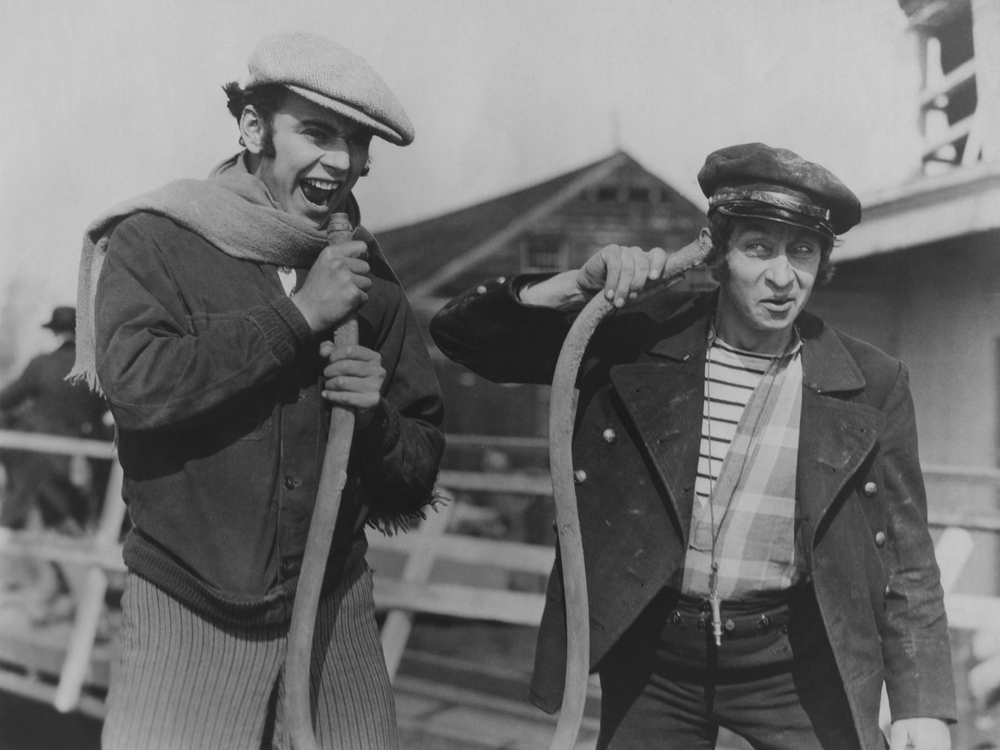
Positive share their top 5 behavioural economics tricks that will help your charity increase donations from supporters.
By borrowing insights from psychology, we can make small and simple changes that ‘nudge’ people to make more of the decisions we want them to - which for charities can translate as supporters increasing their donations or taking campaigning actions.
Here are our top five clever ‘behavioural economics’ tips - all of which are easy to implement and cost-effective:
Every penny helps
Research has shown that adding the phrase “Even a penny would help” to a generic donation ask can increase the number of donations from 29% to 50%, with no reduction in the the average size of each donation.
Set a precedent
Try experimenting with suggested donation grids, in which donors are offered a number of different donation amounts to choose from. For example:
- $ 100 | $ 120 | $ 150 | $ 200 | Other amount
and:
- $ 120 | $ 140 | $ 170 | $ 200 | Other amount
In a similar experiment, the grid containing the higher starting amounts led to an average increase in donations of 4%.
A word of warning though: setting a precedent too high can scare donors away entirely.
Provide a series of donation targets
People feel more rewarded when they can add $10 to $470 of a $500 target, than an initial $10 at the start of the fundraising campaign.
Research shows that having a higher percentage of a total target displayed increases donation amounts:
- at 10% of target achieved, the average donation was around $15;
- at 33% of target achieved, the average donation was $26;
- at 67% of target achieved, the average donation was almost $40.
By setting smaller targets within an overall target, you can activate the reward system in your supporters' brains more frequently, and reach your overall target quicker.
Set an example
Using other people’s giving behaviour to set an example can be a great way to increase charitable giving. Studies have shown that by changing a legacy donation ask in a will writing service from: “Would you like to leave any money to charity in your will?” to: “Many of our customers like to leave money to charity in their will. Are there any causes you are passionate about?” increased legacy pledges by 42% - because they were prompted to conform to the ’social norm’.
Give more tomorrow
Delaying the start of an ask will encourage more donors to give larger donations, as people are more likely to agree to something that doesn’t have an immediate impact.
Research was undertaken as part of a routine fundraising campaign in which regular givers were contacted via telephone and asked to increase their donation and randomly given one of two options:
- The increase starts now
- The increase starts in two months’ time
In the second option (a delayed start to the donation increase), 9% more people chose to increase their donation. The donation amount of this group was also an average of 18% higher than those asked to increase their donation immediately.
The examples above are just a selection of simple, small changes that yield effective results. When a change as simple as the wording of a donation ask can have such marked effects, testing behavioural ‘nudges’ for charitable giving should be a no-brainer.
*Adapted from an original blog series by Positive @PositiveBristol
Ringo Moss is a strategist at Positive @RingoMoss




